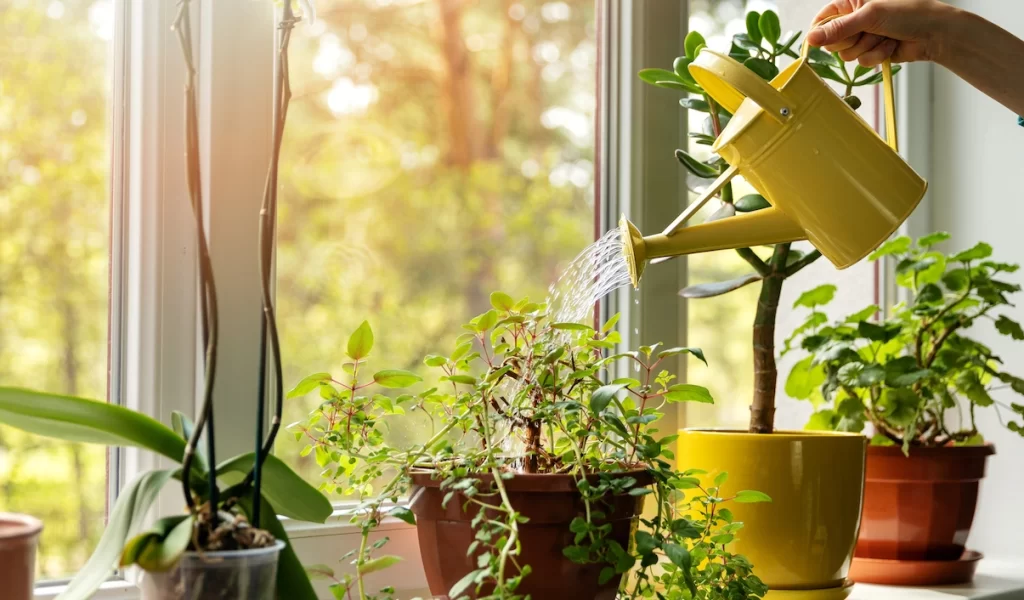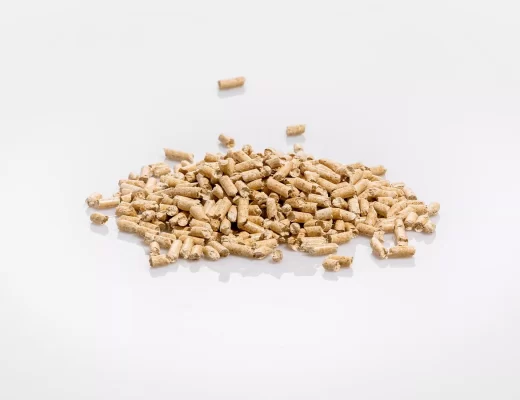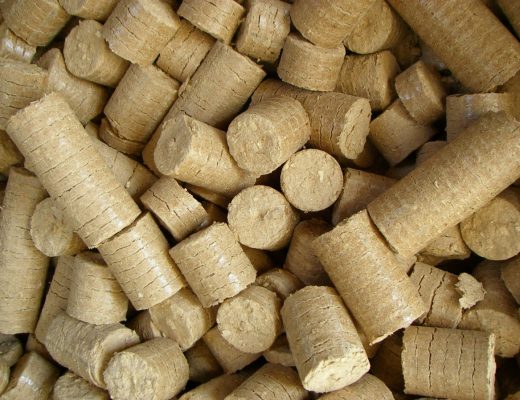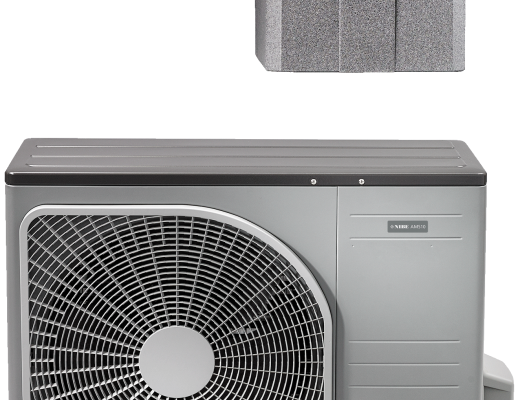Due to its ability to conceal, the privacy screen becomes the ideal ally for fences. It maintains privacy on the terrace, balcony, and in garden. Additionally, it shields against draughts. The synthetic screen knows how to establish itself by being long-lasting and low maintenance, while the natural screen has a lot of appeals. Today, a broad variety of synthetic screens are available, some of which have a very designer appearance and are used more as ornamental accents. Brise vue jardin can be great option for your home
Green walls are a great way to beautify the inside of your house. The main advantage is that they’re an eco-friendly method of improving the aesthetic value of your home, while also boosting indoor air quality and reducing energy consumption.
But when it comes to installing one on your property, there are some important things you need to consider before you go ahead with a new project. Here we’ve rounded up four tips for anyone who wants to install their own artificial green wall.
1. Choose the right type of plant
Most people who want to install green wall plants will choose from one of three options – potted plants, hanging baskets, or planter boxes.
The best thing to do is to make sure you get the right kind of plant that will fit within the space you have available. For example if you’ve got a small room, then you might opt for something more compact like a hanging basket, while if you’ve got a larger area then you should definitely look at something bigger such as a planter box.
As far as shape goes, you can choose anything from round, square, rectangular, or even triangular in order to achieve maximum aesthetics and visual appeal. Once you’ve decided what style will work best in your room, you should select whichever variety of plant will suit it best.

It’s worth remembering that not all green wall plants will be suitable for every room. So make sure you pick the right kind of plant before you buy them so that you don’t end up disappointed later on.
2. Pick the right location
Before you begin installing your green wall, you need to decide exactly where you want to put it. This is because choosing the wrong location could result in the plant being damaged.
Your choice of position depends largely on how much space you have available. It’s important to remember that the larger the area you have to work with, the better the results will be. If you’ve got a large room, for example, it would be sensible to place the green wall near a window so that natural sunlight is able to filter through.
However if you don’t have enough space to fit a green wall into your room, you may want to think about using another option instead.
3. Water your plants regularly
A lot of people believe that simply watering your plants once every couple of days is enough to keep them alive, but this isn’t always true. You really need to water your plants weekly in order to keep them healthy and fresh.
If you want to achieve maximum growth, you should use a drip irrigation system which allows you to automatically add water directly to your plants via a fine hose rather than by hand. This way, you can avoid wasting time and effort watering your green wall plants.
You should try to water your plants during the day so that they receive plenty of light.
4. Remove dead leaves regularly
When your plants start to die, you need to remove the dead leaves as soon as possible. As these leaves build up over time, they can create mold and cause other problems for your plants.
Once you’ve removed the dead leaves, you should give each plant a thorough clean once a week. Not only does this help keep your plants looking good, but it also boosts their health.
5. Clean your planters regularly
In addition to cleaning your plants, you should also clean your planters regularly too. You should wash your planters at least once a month to ensure that any dirt builds up doesn’t affect your plants.
Not only does this mean that your plants stay healthy, but it also stops them from becoming smelly. If your plants aren’t kept properly cleaned, they can become quite unpleasant to live with.

6. Use the correct fertilizer
It’s important to know that you shouldn’t just use ordinary household fertilizer in order to feed your plants. In fact, you should use specific fertilizers designed specifically for growing plants.
You should always purchase organic fertilizers, as these tend to use less chemicals than non-organic ones. They also contain nutrients that plants require in order to grow healthy and strong.
7. Protect your plants from insects and pests
One of the most common mistakes of home owners is failing to protect their plants from bugs and pests. And one of the worst types of pest to have around is aphids, which can quickly destroy your plants by sucking their sap dry.
So, if you want to keep your plants safe from insects and pests, you should spray your plants with insect repellent whenever you see signs of them appearing. Alternatively, you could also use neem oil to repel the insects away.
8. Keep your plants out of direct sunlight
When you have plants on display in your living room, kitchen, or bedroom, it’s important to keep them as far away from direct sunlight as possible. If you have a sunny window, this won’t be a problem, but if you have plants facing a south-facing window, you should move them out of this zone if you want to prevent sunburn.
9. Plant your plants correctly
Finally, it’s also very important that you plant your plants correctly so that they grow to their full potential. If you don’t plant them correctly, your plants won’t thrive and they could die.
And this is why it’s important to follow the instructions provided by your supplier, and plant them in the right spot on your green wall. If you don’t do this, you could risk damaging your plants.
For more information on artificial green wall installations, check out our article on how to install a green wall in your home.




